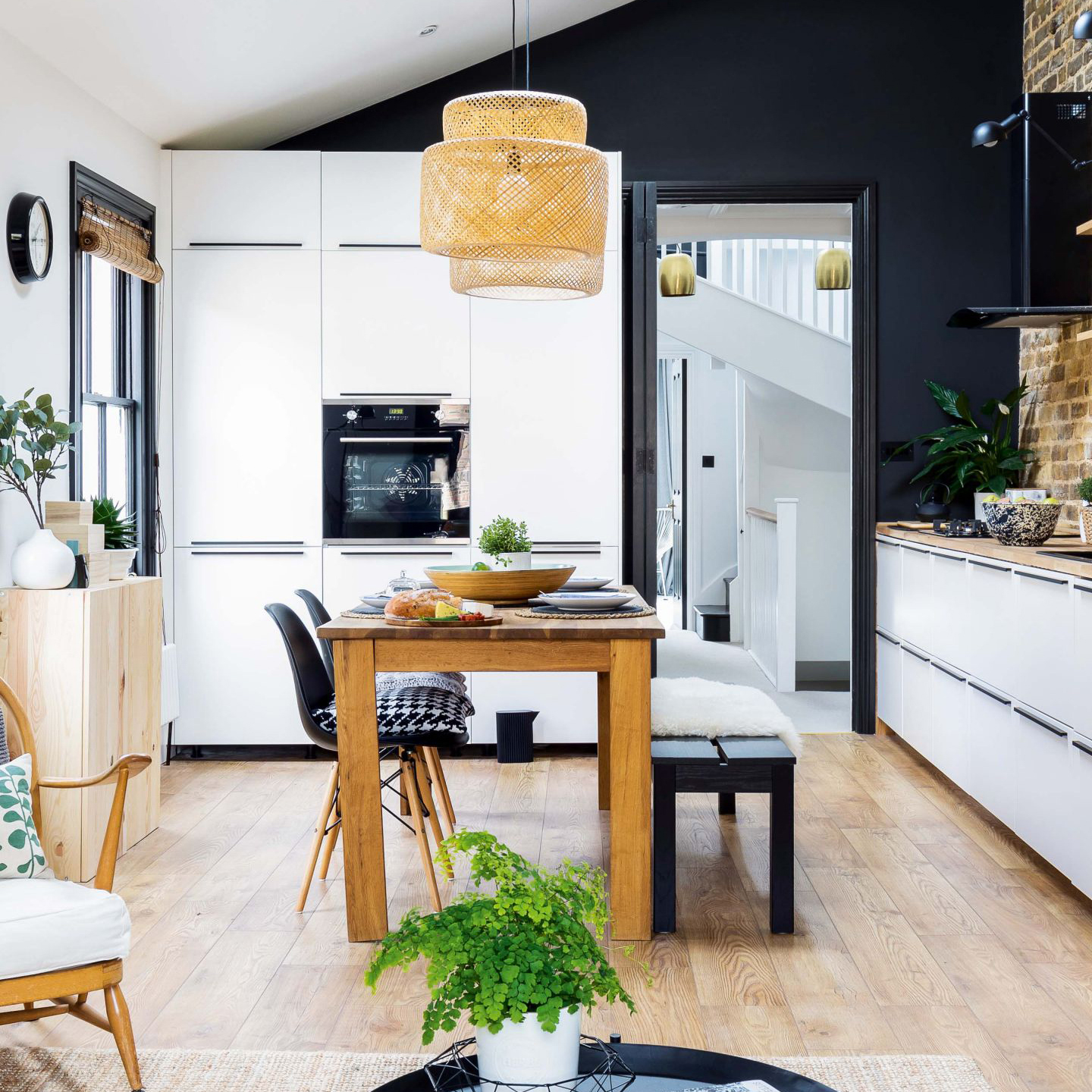Introduction
Lighting plays a crucial role in setting the atmosphere of your bedroom. It can create a cozy, relaxing space perfect for winding down after a long day or an energizing space for starting your morning. In this article, we’ll discuss some tips on how to create the perfect lighting in your bedroom to ensure sweet dreams all night long.
The Importance of Lighting
Lighting is not just a basic necessity in our homes; it can also affect our mood, energy levels, and mental health. In fact, exposure to natural light is linked to increased serotonin levels, which can lead to improved mood and energy levels.
In our bedrooms, lighting can have a significant impact on our quality of sleep. Too much light can interfere with our circadian rhythm and the production of the sleep hormone melatonin, while too little light can make it difficult to get out of bed in the morning.
Types of Lighting
Before diving into specific tips, it’s important to understand the different types of lighting and their purposes in a bedroom.
- Ambient Lighting:
Also known as general lighting, it provides overall illumination for a room. In the bedroom, a ceiling fixture or a combination of ceiling and wall-mounted fixtures can serve as ambient lighting.
- Task Lighting:
Task lighting provides a focused beam of light for specific activities, such as reading or getting dressed. Bedside lamps or a pendant light above a dressing table are popular options for task lighting.
- Accent Lighting:
Accent lighting highlights a particular area or object in a room, such as a piece of art or a plant. In the bedroom, accent lighting can be used to highlight a headboard or a wall-mounted artwork.
Tips for Bedroom Lighting
Now that we understand the different types of lighting, let’s dive into some tips on how to achieve the perfect lighting in your bedroom.
1. Consider the Color Temperature
The color temperature of your lights (measured in Kelvin) can affect the atmosphere of your room. For example, warm white (2700K-3000K) can create a cozy, relaxing space, while cool white (4000K-5000K) can create a more energizing space. Consider using a combination of warm and cool white bulbs for optimal flexibility.
2. Use Dimmers
Dimmers are a great way to adjust the lighting according to your mood or activity. They can also be helpful for winding down at night and preparing for sleep.
3. Choose Complementary Fixtures
When choosing fixtures, consider how they will complement each other. A pendant light and bedside lamps, for example, can create a cohesive look while providing different types of lighting.
4. Layer Your Lighting
Using a combination of ambient, task, and accent lighting can create a layered effect that adds depth and dimension to your room. It can also provide versatility for different activities throughout the day.
5. Don’t Forget Natural Light
Maximize natural light in your bedroom by keeping curtains or blinds open during the day. Natural light is not only beneficial for our mental health, but it can also help regulate our circadian rhythm and improve sleep quality.

